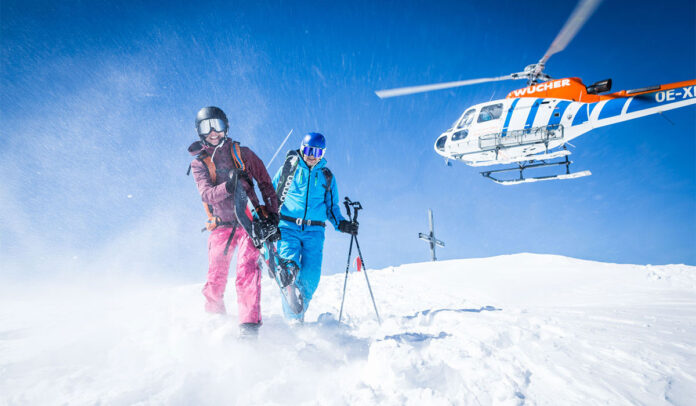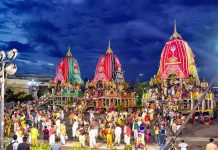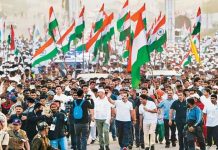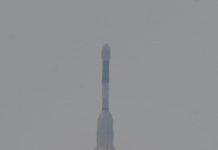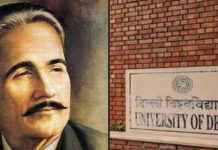By Journey man
Himachal Pradesh is a special state of India, situated in the lap of the Himalayas. It is home to scenic mountain towns and resorts such as Shimla and Dalhousie; it is host to the Dalai Lama and has a strong Tibetan presence. This is reflected in its Buddhist temples and monasteries, as well as its vibrant Tibetan New Year celebrations. The region is also well known for its trekking, climbing and skiing areas.
HISTORY
The Himachal region is as old as history
Pre and Proto History : The history of the region starts about 2 million years ago at which time humans lived in the foothills of Himalayas in Himachal Pradesh. Indicatins have beenfouhd in the Bangana valley of Kangra, in the Sirsa valley of Nalagarh and in the Markanda valley of Sirmour. The foothills of the Himalayas in the state were inhabited by people from the Indus Valley Civilization which flourished between 2250 and 1750 BCE.
These people have been referred to in the Vedas as Dasas, Dasyus and Nishadas. In later works they have been called Kinnars, Nagas and Yakshas. The Kols or Mundas are believed to be the original migrants to the hills of present day Himachal.
The second phase of migrants came in the form of Mongoloid people known as Bhotas and Kiratas. Later on came the third and most important wave of migrants in the form of the Aryans who left their Central Asian home.
Early History : According to the Mahabharata the tract which forms the present day Himachal Pradesh was made up of a number of small republics known as Janapadas, each of which constituted both a state and cultural unit.
Trigarta : (6 BCE to 1 CE) The state lay in the foothills drained by three rivers, i.e. Ravi, Beas and Sutlej and hence the name. It is believed to have been an independent republic.
Audumbras : (5 BCE to 1 BCE) They were the most prominent ancient tribes of Himachal who lived in the lower hills between Pathankot and Jwalamukhi. They formed a separate state in 2 BCE.
Kulindas : (2 BCE to 3 CE) This kingdom covered the area lying between the Beas, Sutlej and Yamuna rivers, i.e. the Shimla and Sirmour hills. Their administration resembled a republic with members of a central assembly sharing the powers of the king.
Gupta Empire (319 CE to 550 CE) : Chandragupta slowly subdued most of the republics of Himachal by show of strength or use of force, though he usually did not rule them directly. Ashoka, the grandson of Chandragupta, extended his boundaries to the Himalayan region. He introduced Buddhism to this tract. He built many stupas, one of which is in the Kullu valley.
Harshavardhana (607 to 647 CE) : After the collapse of Gupta Empire and before the rise of Harsha, this area was again ruled by petty chiefs known as Thakurs and Ranas. With the rise of Harsha in the early 7th century, most of these small states acknowledged his overall supremacy, though many local powers remained with the petty chiefs.
Rajput Period : A few decades after Harsha’s death (647 CE) many Rajput states ascended in Rajasthan and Indus plains. They fought among themselves and the vanquished moved to the hills with their followers, where they set up small states or principalities. These states were Kangra, Nurpur, Suket, Mandi, Kutlehar, Baghal, Bilaspur, Nalagarh, Keonthal, Dhami, Kunihar, Bushahar, Sirmour.
Shankar Verma : Around 883 CE Shankar Verma, the ruler of Kashmir exercised his influence over Himachal Pradesh.
Muslim Period : The small hill kingdom enjoyed a large degree of independence till the eve of Muslim invasions in northern India. States of the foothills were devastated by Muslim invaders from time to time. Mahmud Ghazni conquered Kangra at the beginning of the 10th century (1009 CE).
Rajputs, again : In 1043 CE the Rajputs ruled over the territory. Timur and Sikander Lodi also marched through the lower hills and captured several forts and fought many battles.
Post Mughals : Later, as the Mughal dynasty began to break up, the rulers of the hill states took full advantage. The Katoch rulers of Kangra availed of this opportunity and Kangra regained independence status under Maharaja Sansar Chand who ruled for nearly half a century. He was one of the most able administrators of the region.
After he took formal possession of Kangra fort, Sansar Chand began to expand his territory. The states of Chamba, Suket, Mandi, Bilaspur, Guler, Jaswan, Siwan and Datarpur came under the direct or indirect control of Sansar Chand.
Gorkha and Sikh War : The Gurkhas, a martial tribe, came to power in Nepal in the year 1768. They consolidated their military power and began to expand their territory. Gradually the Gorkhas annexed Sirmour and Shimla hill states. With the leadership of Amar Singh Thapa, Gorkhas laid siege to Kangra.
They managed to defeat Sansar Chand, the ruler of Kangra, in 1806 with the help of many hill chiefs. However Gorkhas could not capture Kangra fort which came under Maharaja Ranjit Singh in 1809.
Revolt of 1857 : The revolt or first Indian war of independence resulted due to the building up of political, social, economic, religious and military grievances against the British. People of the hill states were not politically alive as the people in other parts of the country. The rulers of Bushars acted in a manner hostile to the interests of the British.
British Rule : The British territories in the hill came under the British Crown after Queen Victoria’s proclamation of 1858. The states of Chamba, Mandi and Bilaspur made good progress in many fields during British rule.
Freedom Struggle : The people of the hill also participated in the freedom struggle. The highlights of the freedom movement in this tract are:
1. Praja Mandal launched agitations against the British yoke in areas under direct British Rule.
2. In other princely states agitations were launched for social and political reforms. However, these were directed more against the princes than against the British and as such were mere extensions of the freedom movement.
3. The Pajhota agitation in which the people of a part of Sirmour state revolted is regarded as an extension of the Quit India Movement of 1942.
4. Important freedom fighters of this state during this period included Dr YS Parmar, Padam Dev, Shivanand Ramaul, Purnanand, Satya Dev, Sada Ram Chandel, Daulat Ram, Thakur Hazara Singh and Pahari Gandhi Baba Kanshi Ram.
5. The Congress party was also active in the freedom movement in the hill state particularly in Kangra.
Post Independence Period : On December 18, 1970 the State of Himachal Pradesh Act was passed by Parliament and the new state came into being on January 25, 1971. Thus Himachal emerged as the eighteenth state of the Indian Union.
Famous Tourist Palaces
Shimla, The Queen of Hills : This is the former summer capital of the British in India, and the present capital of Himachal Pradesh. It is surrounded by green hills with snow capped peaks. The spectacular cool hills accompanied by the structures made during the colonial era creates an aura which is very different from other hills.
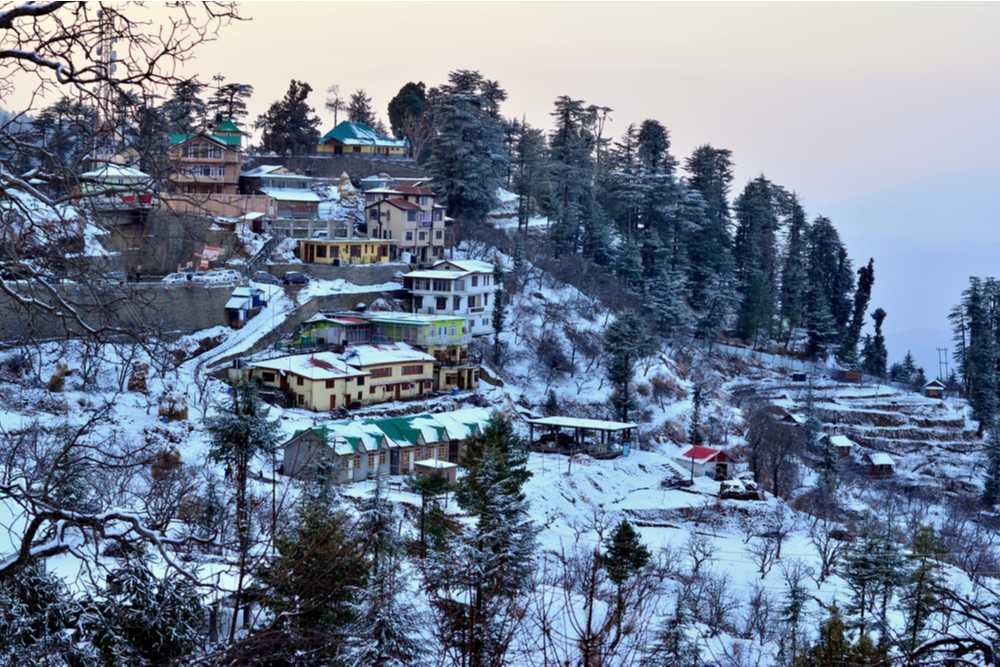

Manali : This is one of the most popular hill stations in Himachal. Manali offers the most magnificent views of the Pir Panjal and the Dhauladhar ranges covered with snow for most parts of the year. Interestingly, within the Covid-19 pandemic, Manali has evolved to be a place loved by young people looking for longer stays for workation. With ambient cafes, good Wi-Fi availability, small eateries and convenient shops, Old Manali is among the favourite neighbourhoods for such people.
There are many homestays and hostels offering dorm beds for cheap for longer durations.
Best time to visit is October to June. December to February is snowfall time. Avoid the Monsoon season (July to August).
Chamba : Some hill stations are known for their beauty, others for their heritage and culture. Chamba combines both of these, and in that way, is different from the other famous hill stations in India. Historical records date its origins to the 2nd century BCE, when it was inhabited by the Kolian tribes.
Since then, it came under the rule of Rajputs, Pratiharas, Sikh army under Maharaja Ranjit Singh, and the British. It finally merged with India on April 15, 1948. Chamba also boasts a rich culture, which is reflected in its music, fairs, festivals, dances and costumes.
One of the most famous of these is the Chamunda Devi Temple. It is built entirely of wood and stone, and dates back to over 300 years.
Dharamshala : Dharamshala is located in the district of Kangra. Surrounded by cedar forests on the edge of the Himalayas, this hillside city is home to the Dalai Lama and the Tibetan government-in-exile. The Thekchen Chöling Temple Complex is a spiritual centre for Tibetan Buddhism, while the Library of Tibetan Works and Archives houses thousands of precious manuscripts.
The Dharamshala Cricket Stadium, also known as the Himachal Pradesh Cricket Association (HPCA) Stadium is located at a height of 1,457m, amid the Dhauladhar mountain range in Kangra valley. It is one of the highest sports grounds in the world.
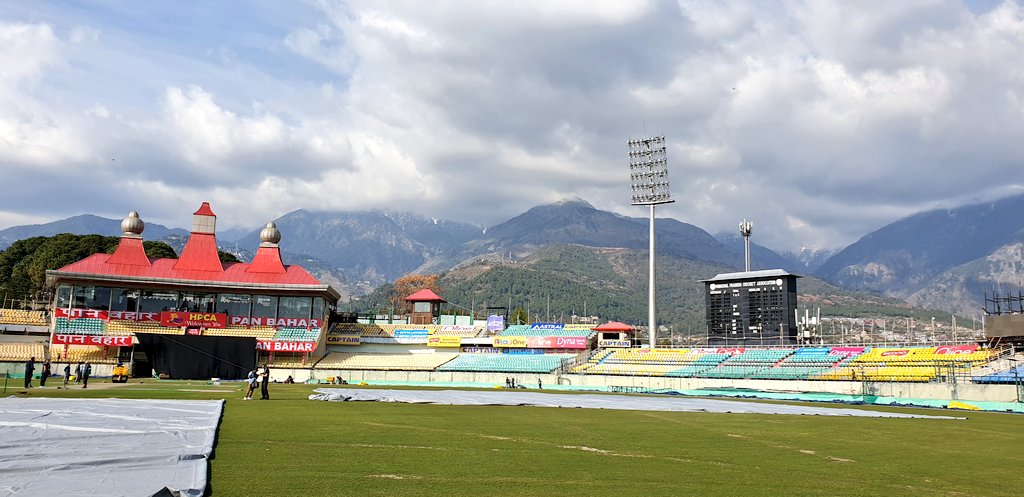

Palampur : Palampur is a beautiful hill station located in the Kangra Valley in Himachal Pradesh, about 35 km from Dharamsala. It gets its name from pulum meaning ‘abundant water’ It’s known for its tea gardens like the Palampur Cooperative Tea Factory, which also processes the leaves. A waterfall drops into a stream at Bundla Chasm.
Kinnaur : Majestic mountains, green valleys, meandering rivers, orchards and vineyards define the valley of Kinnaur. Since it shares its border with Tibet, the influence of Tibetan culture is strongly felt. Kinnaur is also known as the ‘Land of fairytales’ and remains snow-clad for six months, quite like Spiti and Lahaul. Divided into two main valleys Sangla Valley and the Hangrang Valley, Kinnaur is divided into three administrative areas, Pooh, Kalpa, and Nichar.
Great Himalayan National Park: Spread over an area of 754 sq. km, the Great Himalayan National Park is the newest addition to the list of India’s most amazing national parks. Built in the year 1984, the park has many important wildlife species native to the western Himalayas, like musk deer, brown bear, goral, thar, leopard, snow leopard, bharal, serow, monal, kalij, koklas, cheer, tragopan, snow cock etc.
The best seasons to visit this park are summer and autumn.
Renuka Wildlife Sanctuary : Located in Sirmour District of Himachal Pradesh, Renuka Wildlife Sanctuary is a reserve forest spread over an area of around 4.028 sq km. The adjacent area of Renuka Wildlife Sanctuary is known among the locals as a highly revered pilgrimage destination. The park encloses Renukaji Mini Zoo which is considered to be the oldest zoo in Himachal Pradesh. The zoo was set up in 1983.
Chandertal Lake : Chandertal lake alias the Moon Lake is a crescent-shaped basin, surrounded by the gigantic Himalayan Mountains on all the sides. The lake is located in Spiti district of Himachal Pradesh. The Chandertal Lake is accessible only during the summer months i.e. June, July, August and September, and for the rest of the year the lake remains frozen.
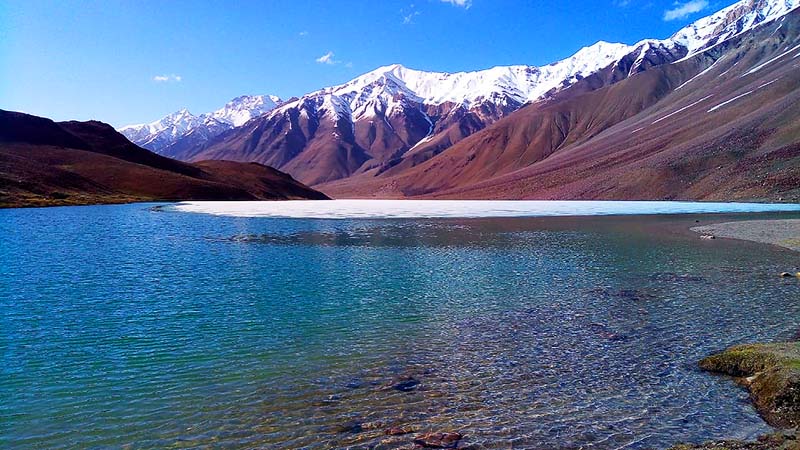

As per the legend, it is the spot from where Lord Indra took the eldest Pandava brother, Yudhishtra in his human form to Swarga, in his chariot. People of the neighbouring villages believe that the lake is often visited by fairies at midnight.
Best time to visit is June to September.
Gobind Sagar Lake : Gobind Sagar lake is a man-made reservoir built in 1976; One of the world’s highest gravity dams. The eye-catching Gobind Sagar Lake is famous for sightseeing, adventure activities, recreational fun, etc. The lake is a treat for nature lovers and adventure junkies. The lake is one of most visited tourist spots and well known for its flora & fauna along with fish of different species.
The best time to visit is from March to October, when the weather remains pleasant.
TEMPLES IN HIMACHAL
Deemed as the abode of God, Himachal Pradesh is indeed a divine land for all the devotees. Known as the land of temples, it is visited by people from across the globe. Himachal Pradesh can be described as the land of pilgrimages, mystical customs, and rituals. The land of vivid custom is blessed with supernatural powers which attract tourists from across the world. Embark on a journey to Himachal Pradesh to witness the magnificent shrines.
Tara Devi Temple : Tara Devi is one of the oldest temples in Shimla and one of the important religious sites in Himachal Pradesh. This temple is 250 years old. Tara Devi came from the eastern state of Bengal. Legend say that this temple was commissioned by Bhupendra Sen. He ordered for a Maa Tara Devi Temple near the present-day temple on 50 bigha of land.
Hidimba Temple : One of the most famous temples to visit in Manali is the Hidimba Temple. In fact, this temple is also a popular tourist attraction for international and national tourists. Hidimba Temple, Hidimba Devi, who is the wife of Bheema and the revered mother of Ghatotkachh, is said to be protecting the valley.
The best time to visit Hidimba Temple is from August to July when the climate is pleasant.
Tabo Monastery : Tabo Monastery, also known as the ‘Ajanta of the Himalayas,’ is one of the most popular monasteries in the Lahaul and Spiti Valley and was founded more than a millennium back in 996 CE. According to the Tibetan Calendar, the Tabo Monastery is believed to have been established in the year of the Fire Ape, by a great teacher and translator Lotsawa Rinchen Tsang Po, the king of the western Himalayan Kingdom of Guge.
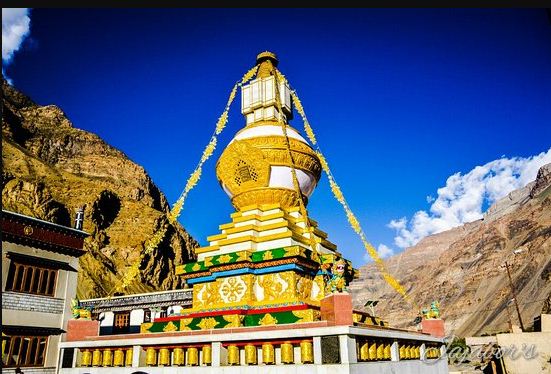

ADVENTURE IN HIMACHAL
Heli Skiing: Heli-skiing (helicopter skiing) from other types of skiing is the fact that skiers and snowboarders are flown by helicopter to the top of these remote slopes. Tourists will feel the adrenaline rush when they fly to heights above 6000 m.
Heli-skiing is such an adventure in Himachal Pradesh where tourists can explore great heights and breathtaking glaciers. Manali is the matchless destination for all ski enthusiasts who want to explore the challenging topography and stunning beauty of repeated helicopter rides.
CUISINE
This is a place of scrumptious food. From the roadside vendors to the authentic cafes and restaurants, the Himachali people will pour their heart out in their dishes.
Madra : Madra is originally a delicacy that belongs to the Chamba district of Himachal Pradesh. The dish mainly consists of soaked chickpeas (chana) or vegetables. Cooked well in the oil and various spices such as cloves, cinnamon, cardamoms, cumin, coriander powder and turmeric powder enhance the taste of this dish.
Chha gosht : A typical Himachal delicacy, Chha Gosht is a scrumptious dish prepared with the marinated lamb which is further cooked in the gravy of gram flour and yogurt. The taste of this dish is highly enhanced when it is well cooked in the Indian spices such as cardamom, red chilli powder, coriander powder, bay leaf, and asafoetida and ginger-garlic paste.
Kullu Trout Fish : Kullu trout is a famous dish of Kullu region which is prepared with trout fish. The marinated fish is cooked in the minimal spices to keep the nutrients and the original taste of trout intact. The dish is best coupled with the number of boiled vegetables, and hence it remains one of the healthiest delicacies of Himachal Pradesh.
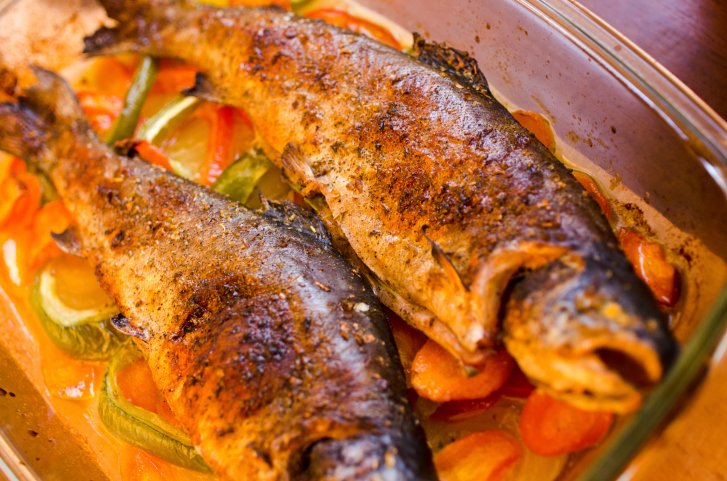

The Tibetan dishes : The food talk of Himachal Pradesh cannot be complete without including the Tibetan cuisines. Being an important Tibetan colony, the regional food of Himachal Pradesh is highly inspired by the Tibetan culture. The best of which can be found in Mcleodganj and Dharamshala. Momos remain the all time favourite of Himachali people.

